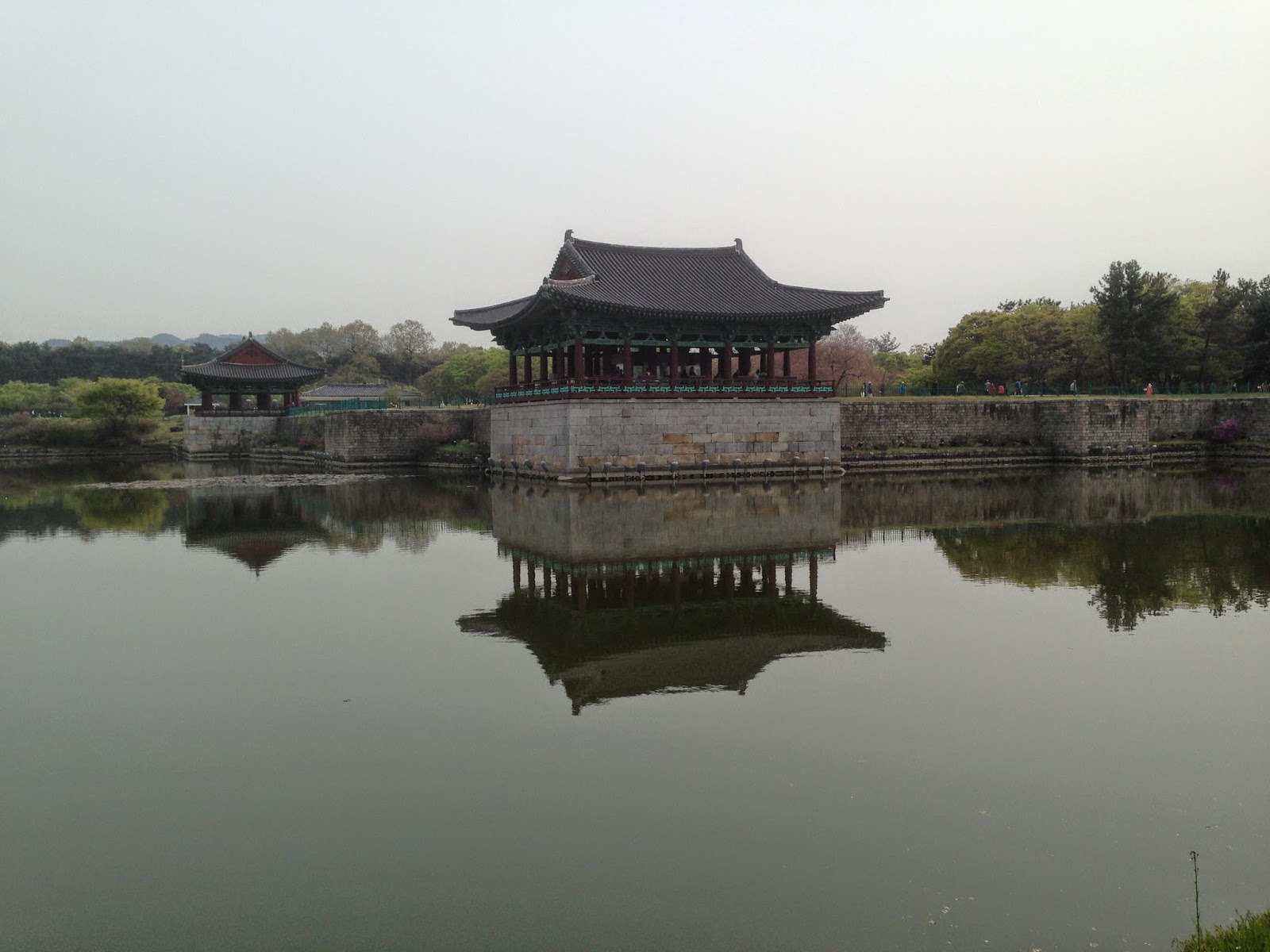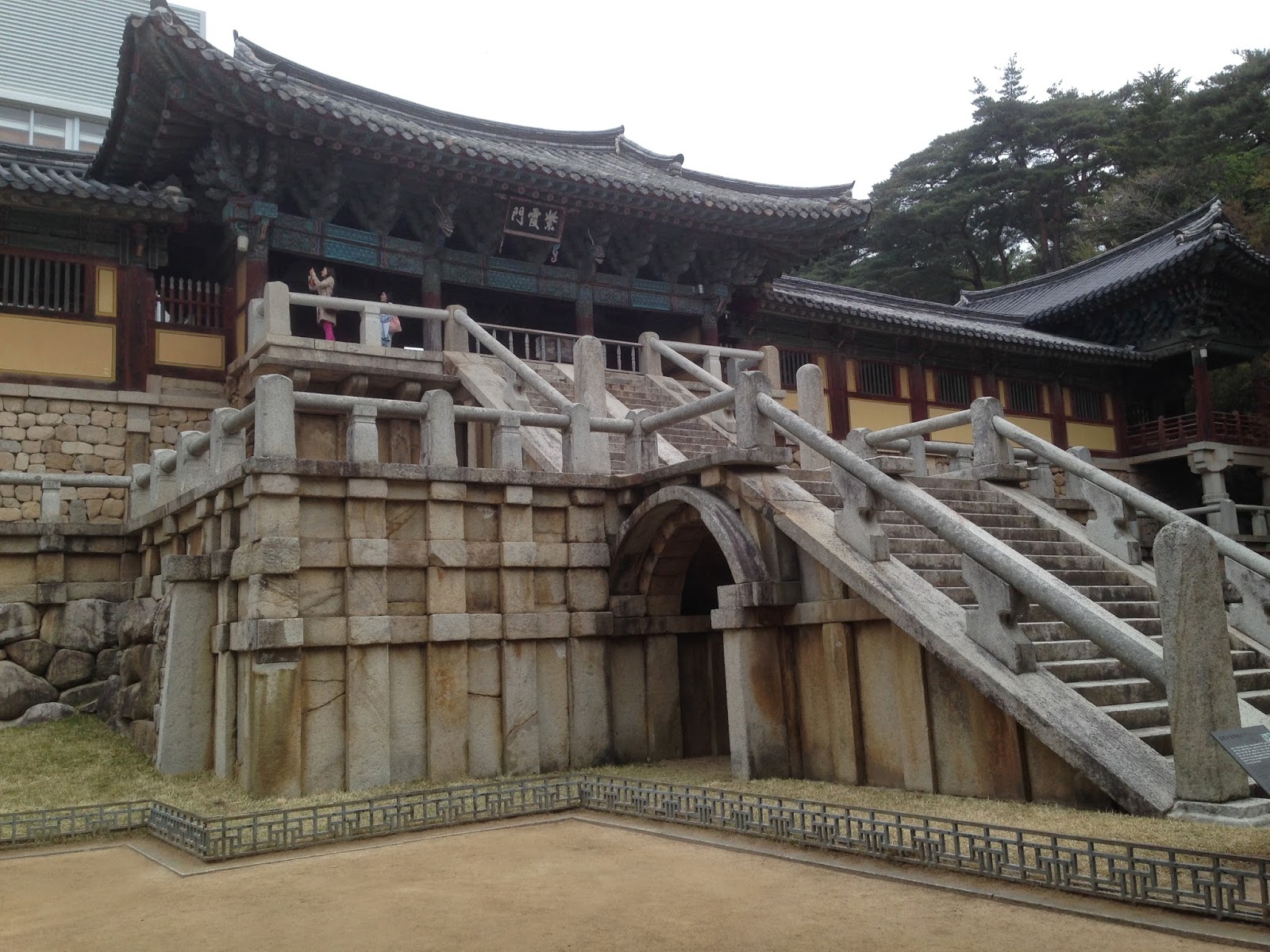Local Seaside Park
 |
| Memorial to Republic of Korea commando units that fought in North Korea during the Korean War. |
 |
| Monument to medical support units during the Korean War. |
Gamcheong-Dong. A small neighborhood which during the Korean War was inhabited by some of the millions of refugees fleeing the North Korean army in 1950. Over the years, it became a working class neighborhood with narrow, twisting streets and stairways. More recently, it transformed itself into a something of an artsy neighborhood with colorful murals and craft shops.
Haeundae Beach. Probably the most popular beach in Korea. Lots of hotels and restaurants and teeming with young, hip Koreans. During the summer months, it is no doubt packed with thousands of beach goers. We were there in May and the city was preparing the beach for the summer onslaught.
UN Cemetery. Final resting place for about 2300 foreign soldiers killed during the Korean War. It is the only UN-managed cemetery in the world.
 |
| Each of these panels includes the names of the American dead of the Korean War. |
Beomeosa Temple. One of the largest Buddhist temples in Korea. It was founded in 678, destroyed by the Japanese in 1592-93, rebuilt in 1602, and renovated in 1613 and 1713. A few things on the grounds, such as pagodas and some of the pillars, are originals from the 600s.
Beomeosa sits in the mountains above Busan and there are numerous trails heading off into the forests from the temple grounds. About a mile and 500 feet or so up one trail, we discovered another quaint temple with a great view of the city far below.



















































